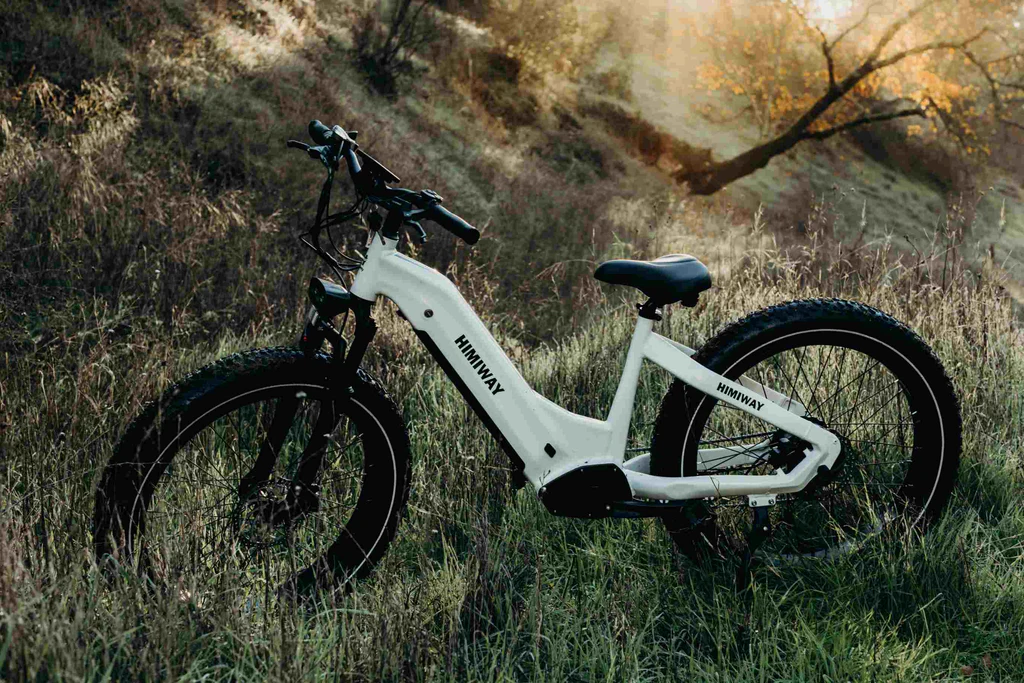If you’re a parent who’s thinking about buying a e bike damen for your youngster, there are many factors to consider. Some of the most important things to consider are the child’s motor skills and desire to learn. You should know your child’s height and weight. Perhaps the most important factor of all is knowing the right way to teach a child to ride a bike. More and more, parents are steering clear of training wheels and using an innovative teaching bike called a balance bike to teach their child to ride. Here are a few things to think about as you plan your balance bike purchase.
The most important consideration when selecting the right bike for your child. A bike that’s too tall and requires a child to stand on their tiptoes to control will frustrate a child and puts him or her at risk of injury. To find the right size bike for your child, measure their inseam. The right bike will have a minimum seat height at least one inch lower than the child’s inseam measurement. This allows them to sit on the seat with their feet flat on the ground. Important, since the balance bike has no pedals, chains or sprockets. Kids push them with their feet.
Balance bikes come in either wood or metal. The bikes made from wood are more popular in Europe than the U.S. and are perceived by kids as “toys.” That can be good as it encourages experimentation and reduces fear for some children. For durability, the metal bikes are a better option. The bikes are manufactured using either steel or aluminum alloys and vary in weight. Steel frame bikes tend to be heavier and sturdier and will support more weight. The aluminum bikes are lightweight, but generally won’t support children weighing more than 65 lbs. For very young riders in the 18 month to 2-year range, the lighter the bike the better. For older children, consider the weight limit.
Most bikes have either standard air times or puncture-proof tires made out of EVA foam. Puncture-proof may sound great and the fact that they never need air is certainly a draw, but these tires tend to offer less traction than an inflated tire. They’re suitable on bikes for smaller kids and extremely durrable, but if your child is older, you may want to look for a bike with tires that inflate for the extra traction they provide.
Some balance bikes include hand brakes. These are not likely to be the means by which your child stops their bike, but they do train the child to grip and ride while holding the brake which makes the adjustment to a pedal bike with hand brakes smoother.
This is a mini-controversy within balance bike community. Those who favor limiters believe it makes the bike safer by preventing any sharp turns and “jackknifing” where the child goes over the handle bars. Detractors state that limiters limit a full range of steering that a child should experience. The truth is that their effect is relatively minor. Our experience with our own children suggests that overly sharp turns generally occur at slow speeds, not fast.
Some bikes feature a place for kids to put their feet when they are coasting. It could be in the center of the frame like the KaZam balance bike or on towards the rear of the bike which is the case with the Strider preBike. The Glide Bike Mini Glider has foot pegs for kid’s to rest their feet. Bikes without footrests are equally effective in teaching a child to balance and steer.
Choosing a balance bike that’s the right fit for your son or daughter is important. Most retail stores don’t carry a wide selection of balance bikes if they carry them at all. Your investment in a balance bike is probably going to be $30-$50 dollars more than a 12″ bike from a department store, though the quality will be better and you’ll be teaching your child to ride a bike the right way. At a minimum, make sure you measure your child’s inseam and base your purchase on saddle height. Weight is the next most important factor, but in general the lower a bike’s saddle adjusts the lighter the bike will be.


